I spoke on the need to protect women and girls from violence and rape by clamping down on glorification of such crimes and the need to protect children from accessing such pornographic material online.
Legislation: Digital Economy Act 2017 (Commencement of Part 3) Bill – second reading. – Bill regarding age verification for pornographic websites, and banning of websites which contain extreme illegal pornography.
House of Lords – 28th January 2022
Lord Alton of Liverpool
My Lords, the whole House should be grateful to the noble Lord, Lord Morrow, for tabling a Bill that should not be needed but patently is. As my noble friend Lord Erroll said earlier, Parliament has been clear: children should be protected from viewing harmful content online through robust age verification, and women and girls should be protected from the effects of violent pornography being viewed on the internet and the associated risks to their safety that it brings.
Part 3 of the Digital Economy Act 2017 was passed to ensure that what was illegal offline was illegal online, and that violent and extreme pornography could be blocked. But more than that, the legislation sought to ensure that the protections for children offline were robustly put in place for the online sphere as well.
In an analogue world, before the internet, the shopkeeper stood between children and the top shelf or the purchase of adult video content. Part 3 of the Digital Economy Act sought to put in place a mechanism of age verification to ensure that protection was extended to the digital world. In 2019, it was extremely disappointing for those of us across this House who had argued for Part 3 of the Digital Economy Act that the Government decided to abandon implementing that legislation, stating that new measures would be brought forward.
I remind noble Lords of some of the statements made by the noble Baroness, Lady Barran, who was the Minister when the government U-turn was announced. She said that
“children are exposed to harmful pornography every day”,
and:
“Shocking things are going on”—[Official Report, 17/10/19; col.170.]
Yet here are we without any new protections for children or women, despite her assurance that the Government would demonstrate “urgency” in tackling the issue.
This emphatically is not about consenting acts between adults; it is about protecting children. Protecting children from the harm of films is something that has occupied some of my political life. While in the other place, serving a constituency in Liverpool— I am particularly pleased to see the right reverend Prelate the Bishop of Liverpool in his place today—along with the rest of the nation I was greatly affected by the death of James Bulger. It is hard to believe that it will be 29 years next month since that tragedy occurred. In response, I tabled an amendment to the then Criminal Justice Bill. It set out to make it an offence to show gratuitously violent videos to children. That amendment was not supported by the Government, but had cross-party support, with some 80 Conservative Members supporting it. With that support, including the then shadow Home Secretary, Tony Blair, the amendment made it into law as Section 4A of the Video Recordings Act 1984.
This amendment was based on evidence from leading child psychologists at the time. Their research focused on the impact of harmful videos on the development of young people. In the Bulger case, it was not pornographic content but a horror movie that impacted negatively on the children involved in his killing, but the issue remains the same. Children’s brains are not developed to be able to cope with the harm that such content poses to them. That is why they need to be protected by legislation.
Section 4A of the Video Recordings Act has become known as the “harms test”. The test allows for a video not to classified by the BBFC on the basis of the harm it may cause. If the video is likely to be viewed by children or would be of interest to children, the BBFC can take that into account when making its determination about what, if any, classification a video should receive. The harms test is not confined to children but applies to adults as well.
In 1994, when I proposed my amendment, the internet was relatively new, and no one could have foreseen the explosion in harmful content that is unregulated and available at the click of a button today. As my noble friend Lady Kidron told the House earlier in an excellent speech, this is not about people behind the bicycle sheds reading soft porn magazines. During lockdown, Ofcom reported that more people accessed Pornhub than watched BBC or Sky News, and it is freely available, readily accessible and open to children and young people to access freely. The British Board of Film Classification reported in 2020 that it was the most popular website for children viewing pornography.
It is a sad reflection that the world may have moved on, but much has stayed the same. In 1994, I tabled my amendment because psychologists stated that the development of children and young people is harmed by content that they access online. It matters because, as Ofsted reported in June 2021, it deeply affects children’s attitude. As the noble Baroness, Lady Benjamin, told us in her excellent speech, it affects our relationships.
As with the James Bulger case, it is often a tragedy that focuses minds on the problem. Last year, as the noble Lord, Lord Morrow, reminded us when he opened our debate on his Bill, there was the tragic case of Sarah Everard. He highlighted the link between violent pornography and violence against women such as Sarah. Just before her tragic murder in January 2021, the Government published research on the use of legal pornography and its influence on harmful behaviours and attitudes towards women and girls. It said that
“there is substantial evidence of an association between the use of pornography and harmful sexual attitudes and behaviours towards women … it is clear that a relationship does exist and this is especially true for the use of violent pornography.”
Sarah Everard’s killer, as we know, was addicted to such material, and that begs the question: how many more tragedies have to take place before we take action?
When the Minister replies, no doubt he will point to the online safety Bill and suggest that it will take care of all the concerns that have been raised in the House today. Noble Lords cannot wait: how many more children have to be harmed; how many more acts of violence against women and girls will there be? The Bill of the noble Lord, Lord Morrow, means that we do not have to wait two or three years before we act. I hope the Minister will tell us exactly what the Government’s expectation is for the timeframe for that Act of Parliament. Legislation stands on the statute book, and that legislation, Part 3 of the Digital Economy Act, should be brought into force as this House, as Parliament, intended. At the very least, this should be undertaken as an interim measure until the online safety Bill is passed. It is for all those reasons that I am very happy to support the Bill and thank the noble Lord, Lord Morrow, for introducing it and laying it before us.


